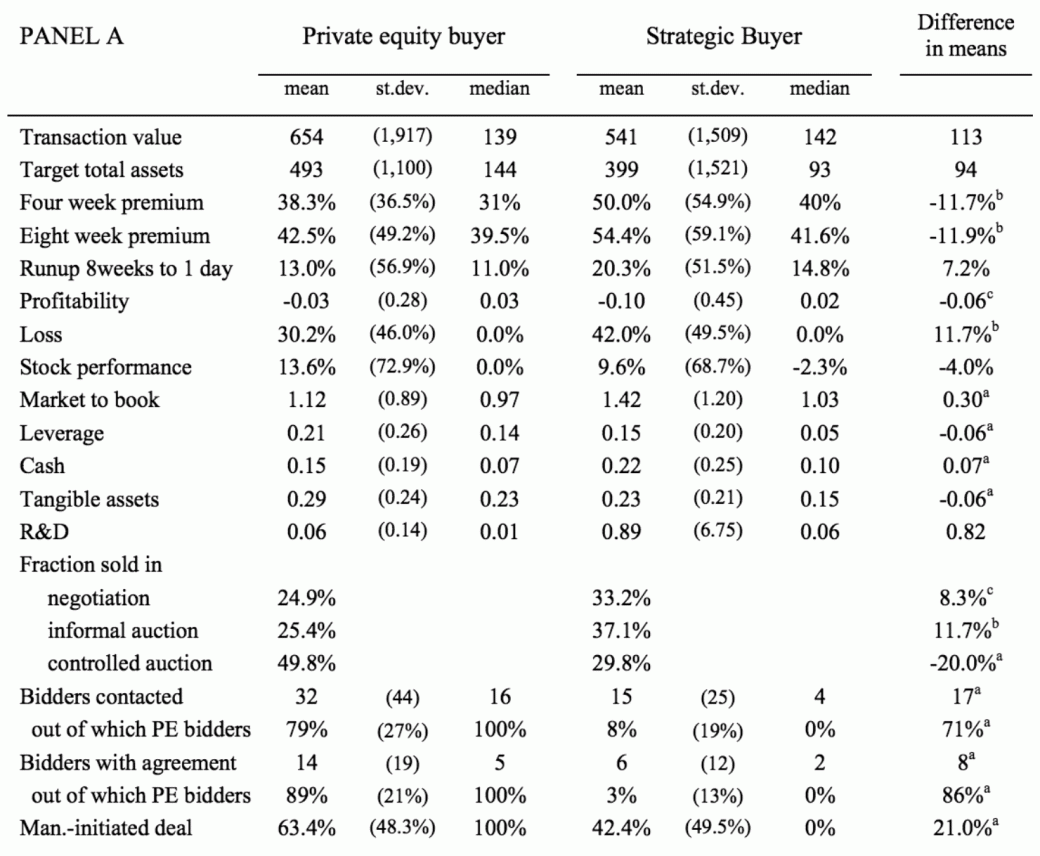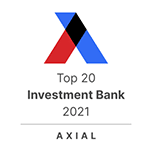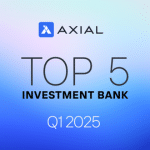
When it comes time to sell the company you’ve worked hard to build, it’s crucial to understand the selling process—especially the types of buyers you might be meeting. Potential buyers fall into two main categories: financial and strategic.
Financial buyers acquire a company primarily for financial return. They place a large emphasis on characteristics including cash flow, market position, and management team to identify targets with growth potential. An example of a financial buyer would be a private equity group, or a pension fund that purchases a company and then holds the acquisition for four to seven years.
The financial buyer exits through a sale to a strategic acquirer, sale to another financial buyer, or through an IPO. Financial buyers usually aren’t specialists, but rather have general knowledge of many different industries. They have predictable cash needs to support, and they try to buy low and sell their acquisitions at three or more times their purchase price.
Strategic buyers are operating companies that actively look to expand their operations through acquisitions. When approaching a potential acquisition, their focus is on identifying targets whose assets provide synergistic benefits and fit well with their long-term plans. A common example is a technology company that acquires a start-up or mid-sized firm so they can integrate that company’s product or technology into their technology platform.
Strategic buyers are indeed specialists with a targeted list of characteristics they are seeking to acquire in order to support their existing business and technology strategies. Strategic buyers can be harder to engage with, however, as it may be a challenge to identify and have a dialogue with the right person or people for whom such an acquisition is a priority.
Running the Numbers—Strategic vs. Financial Buyers
Here are three university studies you could review prior to selling your company, because the studies show the difference between what a strategic versus financial buyer will pay for a company in a competitive sale process. The first study measures premiums above the market capitalization four weeks prior to the announcement of a sale. The second study shows strategic versus financial buyer auctions in the European market, and the third study measures premiums relative to the market capitalizations eight weeks prior to announcement of the sale.
Strategic vs. Financial Buyers: American Style
A Massachusetts Institute of Technology study about strategic and financial bidders in takeover auctions analyzes 349 transactions completed from 2000 to 2008 within the United States—all completed through an auction sales process. The results clearly confirm our belief that strategic buyers pay a higher premium than financial buyers. In an auction won by a strategic bidder, the average premium above the recent trading value was 46.4 percent, compared to an average premium of 36.5 percent when a financial buyer won.
Strategic vs. Financial Buyers: European Style
The second study, conducted by the Copenhagen Business School, focuses on Western European buyouts from 1997 to 2013. A total of 1,332 transactions were selected—418 with a financial buyer and 914 with a strategic buyer. In their sample, the average premium paid by a financial buyer was 22 percent, compared to an average premium of 28 percent paid by strategic buyers. Their results show roughly a 6 percent difference in premiums between financial and strategic buyers. Thus, the results from the comparison of premiums in the European sample support our hypothesis that financial buyers pay a lower premium compared to strategic buyers.

Source: http://studenttheses.cbs.dk/bitstream/handle/10417/4847/daniel_chang_og_felipe_galvez.pdf?sequence=1
Strategic vs. Financial Buyers: Announcement Date, Target Industry, and Target Size
This study conducted by the Rotterdam School of Management focuses on 205 private equity deals within the United States from 1997 to 2006. The private equity transactions were compared to similar acquisitions by strategic acquirers on the basis of announcement date, target industry, and target size. From the total of 410 transactions, financial and strategic, the average premium paid by strategic buyers was 54.4 percent, compared to an average premium of 42.5 percent paid by financial buyers. Their results, much like the Copenhagen Business School and the Massachusetts Institute of Technology studies, show roughly a 12 percent higher premium paid by strategic buyers.
Positioning Your Company for a Competitive Sales Process
As these three studies demonstrate, in a competitive sale process, strategic buyers paid six to twelve percent more than financial buyers. However, these studies do not show the pricing habits of either type of buyer, financial or strategic, when purchasing a company outside of a competitive sales process.
It is not unusual to see the prices offered by buyers increase by 50 to 100 percent when the sale process changes from proprietary to competitive (auction).
Note that a competitive sales process can be strictly confidential with customers, competitors, employees, and others not aware that a sale process is occurring. Confidentiality can be maintained if the buyers to be included in a sale process are selected carefully, and only allowed to join the process after they have executed a written and binding confidentiality agreement. In many cases, sellers may opt to exclude their direct competitors, citing competitive and confidentiality concerns. Particular care must be taken with all activities and communications, but it is possible—with good management—to maintain confidentiality throughout the critical phases of the process.
Taking the Next Step
Clearly, there are solid benefits for sellers in exploring the competitive sales process which potentially can result in multiple strategic and financial buyers bidding for your company. Via this competitive process, you may well be able to realize the maximum “market” value of your company.















